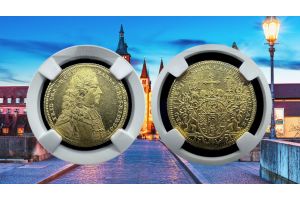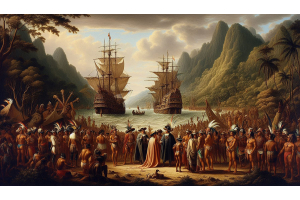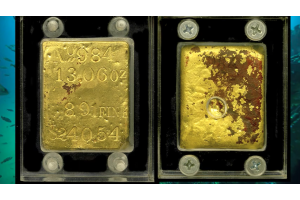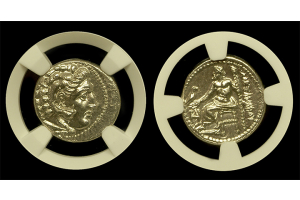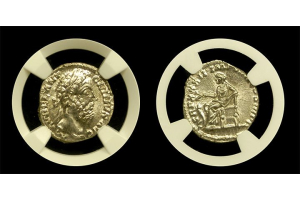The History of South American Escudos
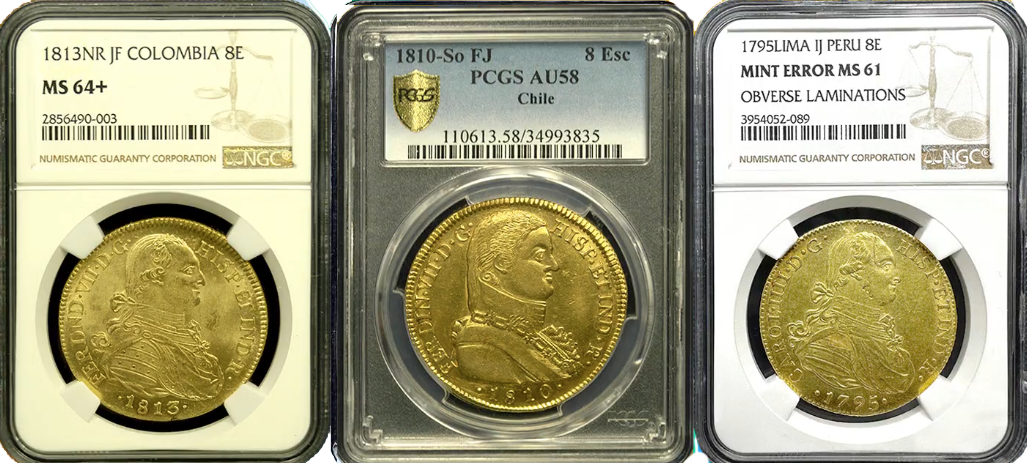
Introduction
In the annals of South American history, the legacy of Spanish colonization looms large. Above all, it profoundly shaped the region's cultural, social, and economic landscapes. Central to this influence was the establishment of a robust monetary system, centered around the escudo. This article delves into the origins, evolution, and impact of the history of South American escudos. Basically, tracing their journey from the Spanish conquest to their enduring legacy in modern times.
Origins of Spanish Colonization in South America:
The origins of Spanish colonization in South America trace back to the early 16th century. Particularly, when Spanish explorers, spurred by dreams of wealth and adventure, set sail across the Atlantic Ocean. Led by intrepid figures like Christopher Columbus, these expeditions sought to discover new trade routes to Asia. Additionally, expanding Spain's influence beyond European borders. In 1492, Columbus's historic voyage to the Americas marked the beginning of a new era of exploration and conquest.
Following Columbus's discoveries, other Spanish explorers like Hernán Cortés ventured into the heart of the Americas. Undeniably, driven by a quest for gold and glory. Cortés's conquest of the Aztec Empire in the early 16th century demonstrated the military prowess and ambition of Spanish conquistadors. Inspired by tales of Cortés's success, more adventurers set their sights on the riches rumored to exist in South America. This led to further expeditions and conquests in the region.
The Spanish Crown, eager to maintain its dominance in the New World, granted vast land grants to explorers and conquistadors. Therefore, incentivizing further colonization efforts. These land grants, known as encomiendas, allowed Spanish settlers to establish estates and exploit indigenous labor. Subsequently, increasing Spain's agricultural production and resource extraction. This system laid the foundation for Spanish control over South America and facilitated the establishment of permanent settlements. Moreover, leading to the emergence of colonial societies deeply intertwined with European culture and institutions.
Spanish influence
The seeds of Spanish influence took root across South America, shaping its political landscape and cultural identity. Economic exploitation and cultural assimilation were hallmarks of Spanish colonization in South America. The influx of precious metals from South America fueled Spain's economy and bolstered its global influence. Markedly, it also perpetuated a cycle of exploitation and inequality that shaped the region's socioeconomic dynamics for centuries to come. Meanwhile, Spanish cultural norms and traditions permeated South American society, influencing everything from language and cuisine to architecture and art.
Despite the imposition of Spanish rule, South America's indigenous peoples retained elements of their cultural identity. While many indigenous communities were subjected to forced labor and exploitation, others resisted. However, Spanish encroachment continued through armed resistance, rebellion, and cultural preservation. Indigenous languages, customs, and belief systems persisted alongside Spanish influence, contributing to the rich cultural tapestry of South America. Over time, the blending of Spanish and indigenous cultures gave rise to distinct mestizo and Creole identities. Overall, reflecting the complex interplay of colonialism, resistance, and cultural exchange in South America's history.
South American Currency
The establishment of Spanish colonial rule in South America brought about significant changes in the region's monetary system. Spanish escudos and reales emerged as the primary forms of currency, reflecting the economic dominance of the Spanish Crown. These coins, minted in Spain and its colonial mints in South America, circulated widely in trade and commerce. Therefore, facilitating transactions within the burgeoning colonial economy. Spanish authorities regulated the production and circulation of currency. This ensured the standardization of weights, fineness, and denominations to maintain economic stability and promote Spanish interests in the region.
The widespread use of Spanish escudos and reales in South America played a pivotal role in shaping the colonial economy and facilitating trade with Europe. These coins were valued for their intrinsic worth, backed by the abundance of precious metals mined from South America's rich mineral deposits. Spanish colonial mints, such as those in Potosí (present-day Bolivia) and Lima (present-day Peru), produced vast quantities of silver coins. Thereafter, meeting the demand for currency both locally and abroad. The influx of silver from South America fueled Spain's economic expansion and global trade. Unquestionably, this cemented the Spanish escudo and real as integral components of the international monetary system during the colonial era.
Conclusion:
In conclusion, the introduction of Spanish currency profoundly influenced the economic landscape of South America during the colonial period. Spanish escudos and reales served as the backbone of the region's monetary system, facilitating trade, commerce, and economic development. The abundance of precious metals in South America, particularly silver, fueled the production of Spanish coins. Subsequently, it circulated them widely within the colonies and beyond. This influx of currency contributed to the growth of colonial economies, while also consolidating Spain's economic dominance in the region.
The legacy of the history of South American Escudos endured long after the decline of colonial rule. In fact, it helped shape the monetary systems of independent South American nations. The influence of Spanish coinage is evident in the continued use of similar denominations and currency symbols across the continent. Thus, the impact of Spanish currency on South America extends far beyond its colonial origins. Most compellingly, leaving an indelible mark on the region's economic history and identity.






